Efficiency Normal, Light & Super-Light Loads
Efficiency in power supplies refers to the percentage of input AC power that is converted into usable DC power for the system, with the rest lost as heat. For example, an 80% efficient PSU delivering 400W of DC power draws 500W from the AC source, losing 100W as heat.
Efficiency is not competitive on all load ranges. Additionally, it doesn’t exceed 70% with a 2% load.
Average Efficiency
The average efficiency meets the Cybenetics Gold criteria.
Average PF
Power factor in power supplies is the ratio of real power (used to do work, measured in watts) to apparent power (total power drawn, measured in volt-amperes). It indicates how efficiently a PSU uses incoming AC power. A higher power factor (closer to 1) is better, as it means less wasted energy, reduced strain on electrical systems, and improved efficiency, often achieved through Active Power Factor Correction (APFC) in modern PSUs.
The APFC converter needs tuning for better performance.
Average Efficiency 5VSB
The 5VSB rail’s efficiency is decent, exceeding 80% at both voltage inputs I tried.
Vampire Power
Vampire power, also known as standby power, refers to the electricity consumed by a power supply unit (PSU) when it is plugged in but not actively powering a device, such as when a computer is turned off or in a low-power state, like sleep mode. This small, continuous draw (often a few watts) occurs due to background functions, such as maintaining standby rails (e.g., +5VSB for wake-on-LAN). Lower vampire power is better, as it reduces energy waste and lowers electricity costs.
Vampire power is increased, but it doesn’t exceed 0.1W at 230V, so I will not mark this down as a con.
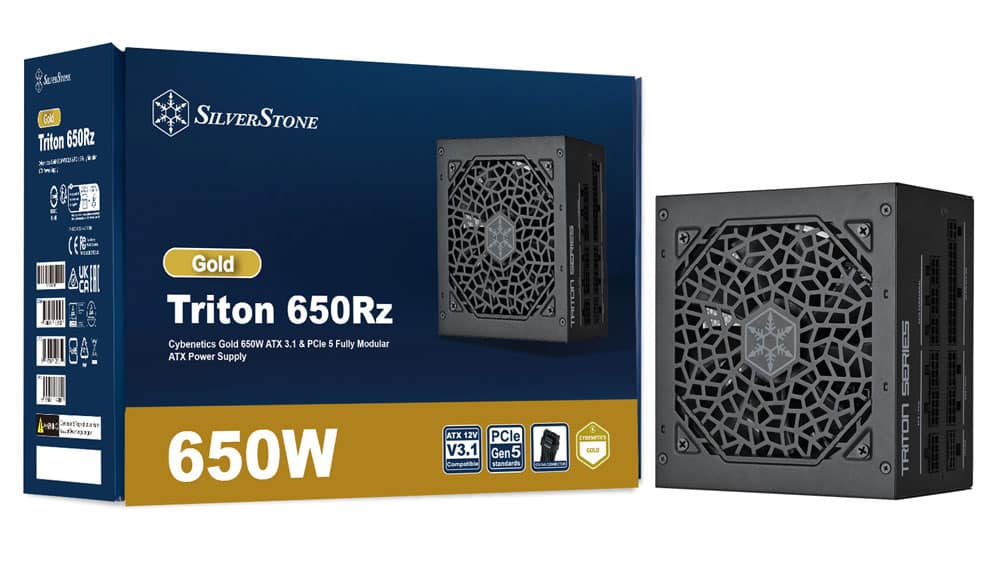
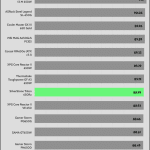
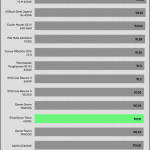
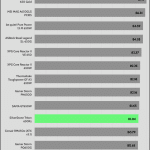
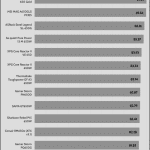
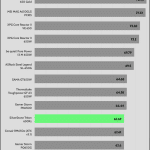
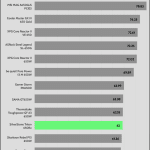
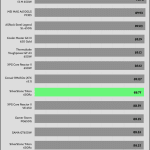
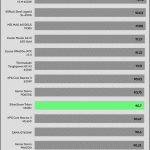
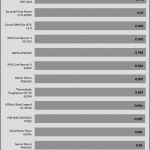
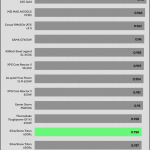
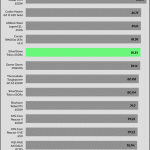
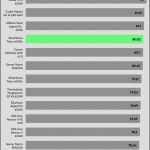
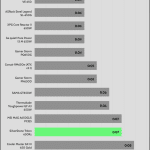
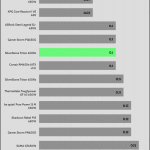
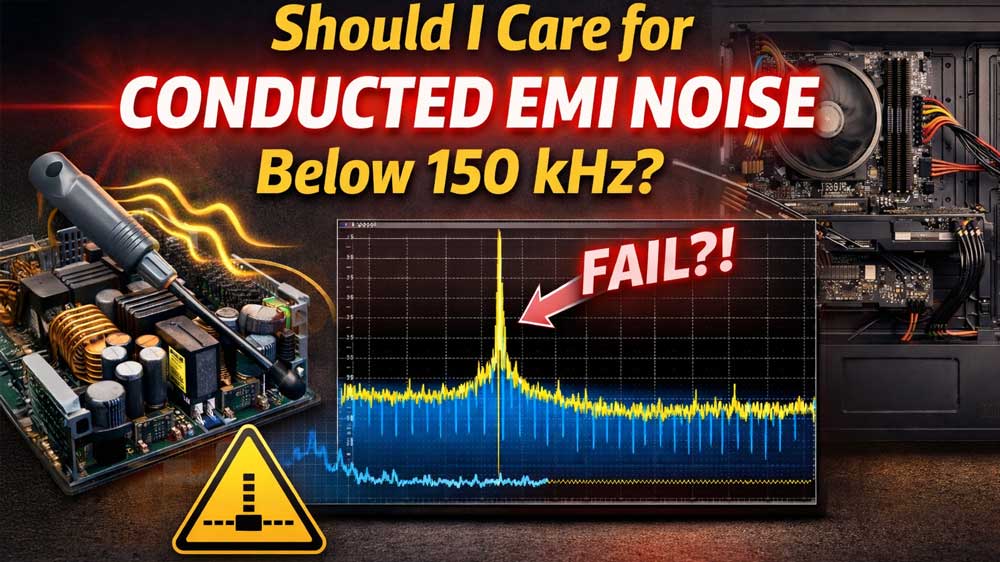
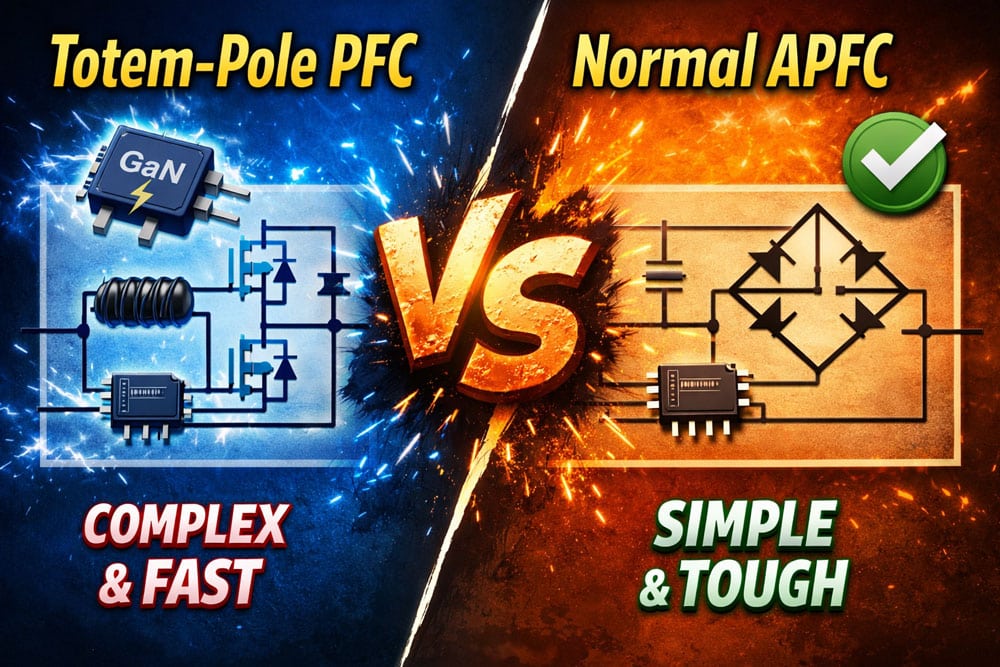
Fan is not of best quality, not ball bearing? Is the 109C temperature sensor reading on transformer?
Temperature the highest on the secondary side.